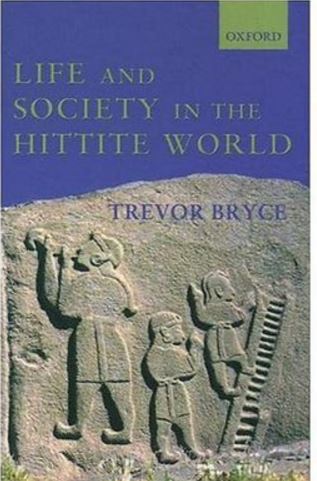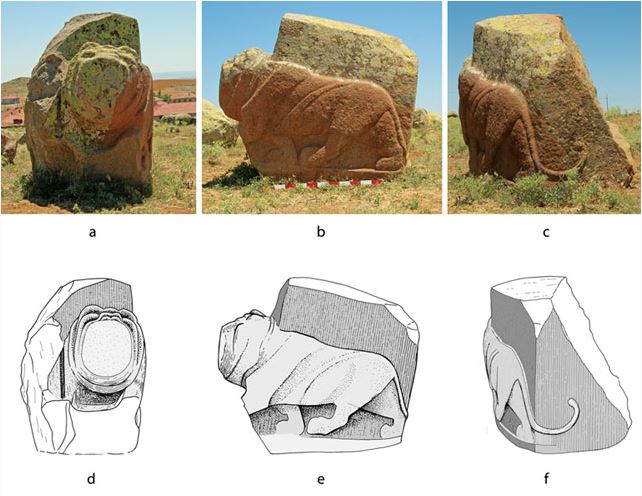Huwasi stones of the Hittites: “The stones were treated as gods; they were given food and water and were anointed and washed.”
Huwasi Stones
“In Hittite mythology, a huwasi stone is sacred to a deity and is usually situated in a temple.
Larger huwasi stones were placed in an open area surrounded by trees and other plants. The stones were treated as gods; they were given food and water and were anointed and washed.
At any cult center, the deities who couldn’t be given a temple were worshipped at huwasi stones. The term huwasi was used to describe the housing of the sacred stela, the huwasi stone.”

Source: Bryce, Trevor. Life and Society in the Hittite World.
and Wikipedia
___________________________________________________________________________________________________________________________________________________________________
The Hittite Stone and Sculpture Quarry at Karakız Kasabası and Hapis Boğazı in the District of Sorgun, Yozgat, Central Anatolia
Geoffrey D. Summers

An extensive stone quarry dating to the Hittite Empire period in the Late Bronze Age is located at Karakız Kasabası in the province of Yozgat, north-central Anatolia. In addition to numerous traces of stone quarrying, several exceptional unfinished pieces were found at the site, including two bases—each sculpted from a single block and comprising a pedestal supported by a pair of lions—a large drum, and a large basin. These unique pieces are described and illustrated, followed by a discussion of their probable date and cultural context. The only associated finds are fragments of stone hammers. No second-millennium settlement has been located in the region, and there is no good clue as to the intended destination of the quarried building stone and sculpted pieces.

Kind of earlier, similar sacred stelae with the role of huwasi stone allready appeared at Gobekli Tepe, 9.400 B.C.